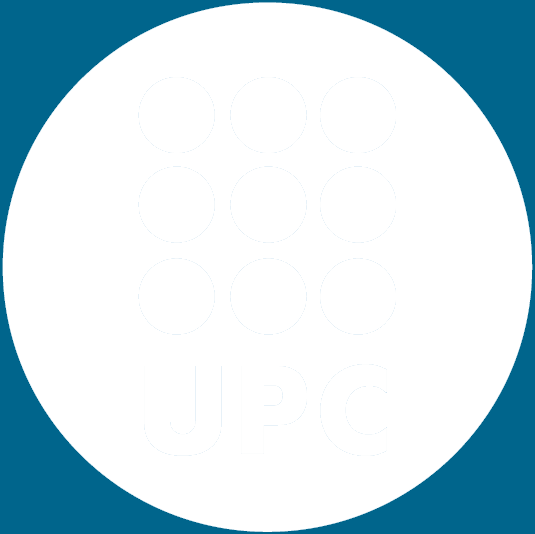Manso, S., De Muynck, W., Segura, I., Aguado, A., Steppe, K., Boon, N., De Belie, N.
Bioreceptivity evaluation of cementitious materials designed to stimulate biological growth,
Science of the Total Environment,
481 (1), pp. 232-241 (2014).
Summary
Ordinary Portland cement (OPC), the most used binder in construction, presents some disadvantages in terms of pollution (CO2 emissions) and visual impact. For this reason, green roofs and facades have gain considerable attention in the last decade as a way to integrate nature in cities. These systems, however, suffer from high initial and maintenance costs. An alternative strategy to obtain green facades is the direct natural colonisation of the cementitious construction materials constituting the wall, a phenomenon governed by the bioreceptivity of such material.This work aims at assessing the suitability of magnesium phosphate cement (MPC) materials to allow a rapid natural colonisation taking carbonated OPC samples as a reference material. For that, the aggregate size, the w/c ratio and the amount of cement paste of mortars made of both binders were modified. The assessment of the different bioreceptivities was conducted by means of an accelerated algal fouling test.MPC samples exhibited a faster fouling compared to OPC samples, which could be mainly attributed to the lower pH of the MPC binder. In addition to the binder, the fouling rate was governed by the roughness and the porosity of the material. MPC mortar with moderate porosity and roughness appears to be the most feasible material to be used for the development of green concrete walls.
Download the publication.
